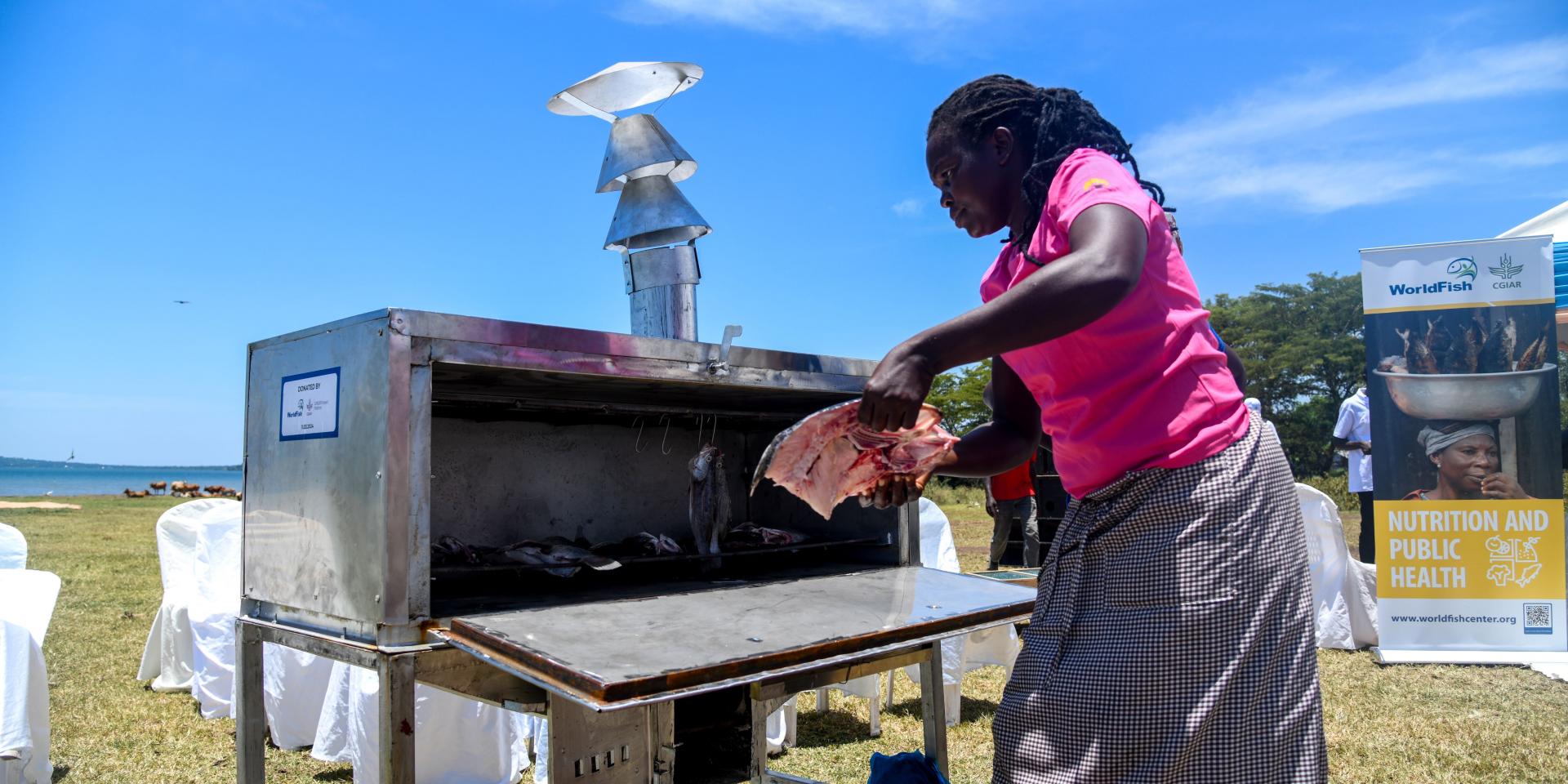Scientists in search of climate-smart techniques for fish preservation and value addition
 N.Ronoh/CGIAR GENDER Impact Platform
N.Ronoh/CGIAR GENDER Impact Platform
What you need to know
- The dryers are made up of a strong transparent polythene sheet worn over a wooden or metallic frame.
- They work through evaporative drying using the greenhouse principle.
It’s midday and heavy clouds lurk in the horizon. Fish mongers at Sindo fish drying centre in Homa Bay County are a worried lot — they are just about to make losses. Rainfall at this time of the year means that their omena (silver cyprinid), which is drying under the sun, must be retrieved immediately. Most of the catch will go to waste if it does not dry further. But during this rainy season, the sun doesn't shine much.
"These are some of the challenges we have always grappled with simply because there is a change in weather conditions," said Florence Akinyi, a fishmonger and the chairlady of Sindo business self-help group.
However, something positive could be on the way. The group, among many others within fisher communities of Homa Bay and Migori counties, is trialing a new method of drying fish using solar tent driers—a greenhouse-like structure fitted with shelves as chambers for drying the fish.
This is in response to an intensive study conducted by WorldFish in collaboration with Stockholm Environment Institute (SEI)-Africa Center, the Gender Impact Platform and the two county governments to examine the impacts of climate change on the livelihoods of fisher communities in the Lake Victoria region through a gender lens.